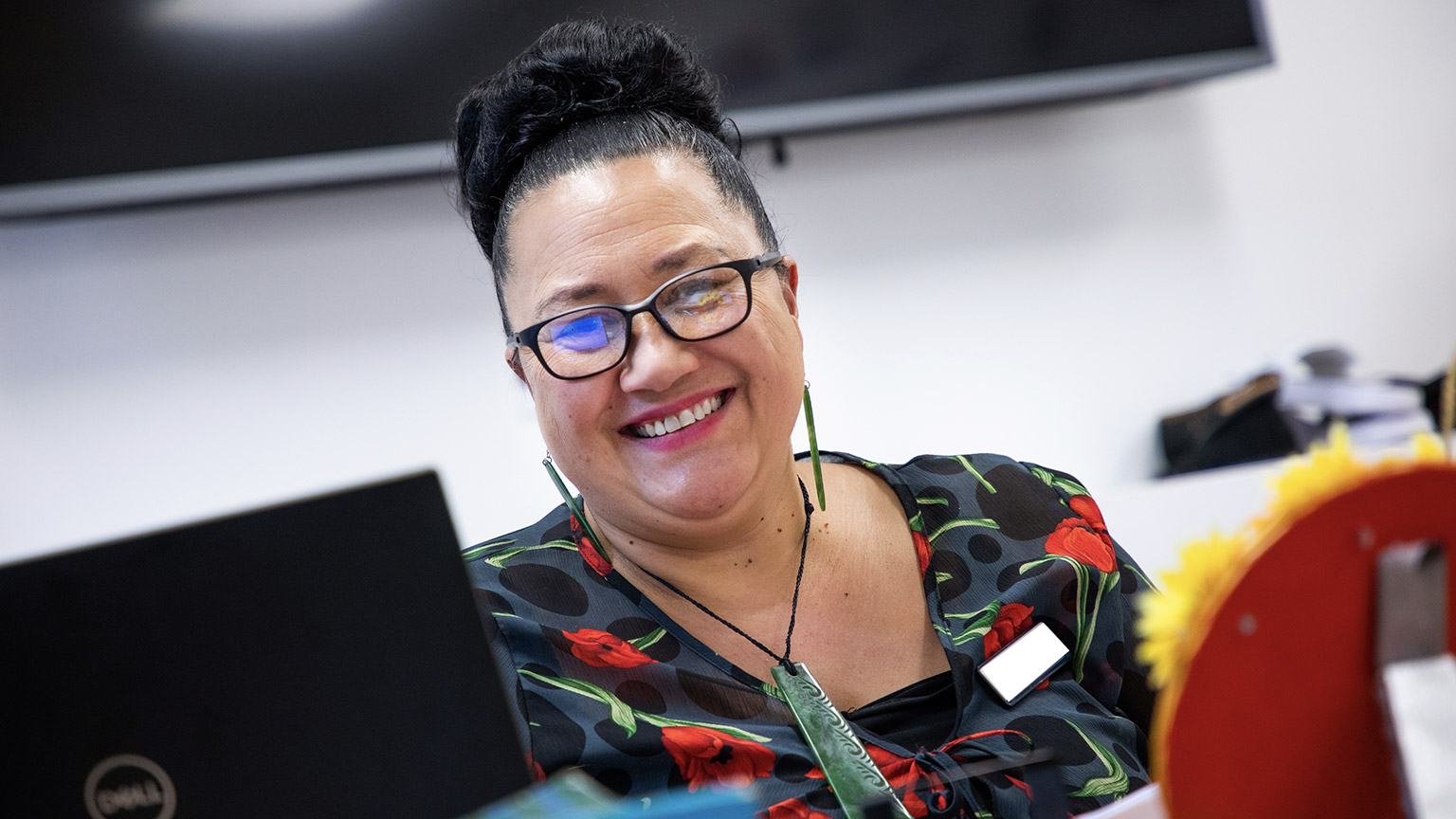![[ADD IMAGE'S ALT TEXT]](/sites/default/files/Te%20Kohanga%20Reo.jpg)
The New Zealand government aims to support Māori and Pasifika ECE learners by implementing strategies which emphasise culturally-responsive teaching methods. Prioritising cultural and community engagement fosters an environment to encourage Māori and Pasifika ECE learners to thrive and succeed.
Ka Hikitia is the government’s cross-agency Māori Education Strategy setting out how they work with education services to make changes in the way education is delivered to support Māori learners and their whānau, hapū and iwi to achieve excellent and equitable outcomes. Agencies involved include:
- The Ministry of Education
- Te Aho o Te Kura Pounamu
- Education New Zealand
- Education Review Office
- NZQA
- The Teaching Council of Aotearoa | New Zealand
- Tertiary Education Commission
- New Zealand School Trustees Association
(Ka Hikitia – Ka Hāpaitia, 2023)
Ka Hikitia Outcome Domains
Ka Hikitia has 5 outcome domains which reflect the collaboration with whānau, hapū, iwi and Māori over a period of time:
Education provision responds to learners within the context of their whānau
Māori are free from racism, discrimination and stigma in education
Māori are diverse and need to be understood in the context of their diverse aspirations and lived experiences
Identity, language and culture matter for Māori learners
Māori exercise their authority and agency in education.
Activity
Read the Ministry of Education page about Implementing the Ka Hikitia approach to add detail to the outcomes listed above.
- Summarise the strategies and actions which the government has identified to help bring these outcomes about.
- Download the Ka Hikitia resource pdf as a resource to keep.
Like Ka Hikitia, Tau Mai Te Reo is an inter-agency government strategy for education to promote the learning of te reo Māori in both Māori medium and English medium education. It is the education sector’s contribution to the Maihi Karauna (the whole-of-government Māori Language Strategy). It is designed to be read in conjunction with Ka Hikitia but whereas Ka Hikitia is designed specifically for Māori learners, Tau Mai Te Reo is designed for all learners.
Activity
Read the Ministry of Education page about Tau Mai Te Reo to find out about the outcomes and goals and access the resources they provide to help embed Tau Mai Te Reo.
- Using your research of Māori education strategies explain in your own words how they guide practice in ECE settings. Write around 400 words to explain this, with APA referencing for your sources.
- Post your work to the discussion forum, then read and comment on two of your classmates’ posts.
Diverse Pasifika learners and families are safe, valued and equipped to achieve their educational aspirationsKōrero Mātauranga – Action Plan for Pacific Education
Education plays a vital role in our diverse communities, and Pasifika communities are no exception. Education is one of the drivers of Pasifika migration to Aotearoa | New Zealand and seen as a way for Pasifika children to reach their full potential. High quality teaching has been shown to make a big impact on educational achievement, and involving parents and families in their children’s education plays a vital supporting role. (Ministry of Education, 2018) The New Zealand government has set out various strategies for Pasifika educational success, the latest being the Action Plan for Pacific Education 2020-2030, refreshed in July 2023.
The Action Plan has five key actions which are needed to meet its goals:
- Work reciprocally with diverse Pacific communities to respond to unmet needs
- Challenge systemic racism and discrimination in education
- Enable education professionals to take coordinated action to become culturally-competent with a range of Pacifika learners
- Collaborate with families and education professionals to create learning opportunities designed to achieve learning and employment aspirations
- Recruit and retain highly competent education professionals from diverse Pacific communities
Watch
Action Plan for Pacific Education Launch Video
Ministry of Education video explaining the shifts included in the Action Plan for Pacific Education 2020-2030
Expected Duration: 2:58 minutes
URL: https://vimeo.com/438376409
Post Watch Task: Note the key points in the action plan which are relevant to ECE practice
Activity
- Read the Ministry of Education page for the Action Plan for Pacific Education 2020-2030 to access the information about government strategies for Pasifika ECE services.
- Through your readings and your research, note down examples of how government strategies are be implemented in ECE in Aotearoa | New Zealand for the following:
- Kōhanga Reo
- Samoan ECE
- Cook Island ECE
- Tongan ECE
- Post your examples to the discussion forum.
You’ve reached the end of this topic. Let’s go over the key points:
- The New Zealand Government has strategies in place to enhance the learning experiences of Māori and Pasifika learners.
- Government strategies emphasise culturally responsive teaching methods and priorities cultural and community engagement.
- Maihi Karauna is the whole-of-government Māori language strategy.
- Ka Hikitia is a multi-agency strategy covering how education is delivered to Māori learners and their whānau, hapū and iwi which list five desired outcome domains.
- Tau Mai Te Reo is a multi-agency strategy to promote the learning of te reo Māori for both Māori and non-Māori learners.
- There is an Action Plan for Pacific Education 2020-2030, which was updated and refreshed in 2023.
- The Action Plan has five key areas set out to help it to reach its goals.
Make sure to complete the discussion forum tasks before moving on to the next topic.
